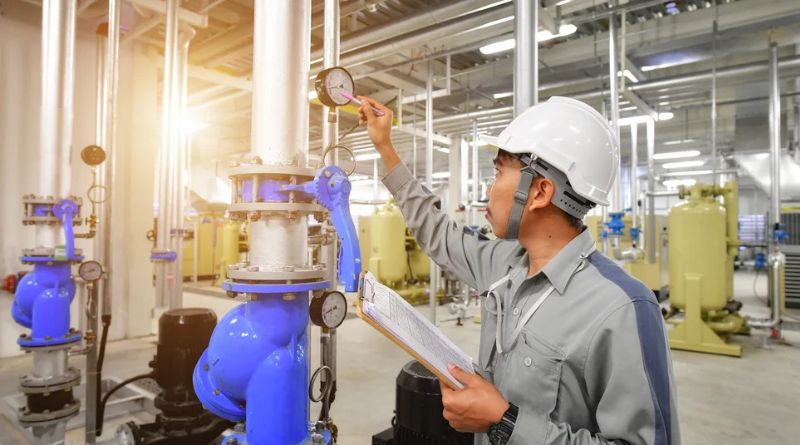The Role of Compressed Air in Industrial Operations
Compressed air plays a crucial role in businesses, often overlooked until equipment failures cause delays, missed deadlines, and disrupted productivity. Therefore, compressed air systems should be designed for current operations and future scalability.
Compressed air is a crucial energy source in industrial processes, powering various applications like conveyor belts, packaging equipment, and robotics. It’s clean, non-sparking, and safe, making it ideal for hazardous environments. Compressed air downtime can disrupt production.This reliance on compressed air systems drives investments not only in design but in rapid response solutions, such as hydraulic mobile hose repair Charlotte NC. Quick access to repair services becomes indispensable, especially for manufacturers striving to minimize costly delays and maintain continuous workflow. Ultimately, having a robust and responsive compressed air infrastructure is what keeps a facility agile and adaptable.
Common Challenges in Compressed Air Management
Industrial teams face several issues with compressed air systems, including leakage, pressure drops, and over-sizing. Air leakage, particularly in aging infrastructure, can account for 20-30% of a facility’s total compressed air consumption, causing significant energy loss and increasing utility bills. Pressure drops can be caused by poorly designed piping networks or undersized compressors, while over-sizing equipment can create inefficiencies and increase energy costs. These challenges harm the bottom line and make it difficult for teams to diagnose problems and plan maintenance. Successful compressed air management relies on understanding and mitigating these challenges through deliberate design and oversight.
Designing for Energy Efficiency and Reliability
The design phase of facilities is crucial for system efficiency and reliability. It involves assessing air demand, selecting compressors, air dryers, and storage, adhering to global standards, and optimizing layout. Implementing variable speed drives in compressor controls reduces power consumption and improves efficiency. Investing in well-planned distribution piping reduces bottlenecks and maintenance issues. Design should adapt to future upgrades, ensuring continued reliability as businesses scale or change direction. This ensures efficient and reliable systems over time.
Maintenance Strategies for Longevity
Maintaining a compressed air system is crucial to prevent potential issues before they escalate. Facilities should regularly detect leaks, monitor dew points, test control systems, and replace filters. A simple maintenance plan should include leak detection, filter replacement, water draining, temperature and pressure reading verification, and safety system operation. Regular reviews can identify inefficiencies, allowing for timely fixes. Staying ahead of maintenance reduces unplanned downtime and operational costs, often resulting in a payback on audit and repair investments within a year.
Air Quality: Why Purity Matters
Contaminated compressed air poses risks to machinery, electronics, and finished products, compromising quality and raising liability. Filtration, drying processes, and oil-water separation are essential to prevent contaminants from circulating. These hazards extend beyond mechanical breakdowns to health and safety concerns, especially in industries with air contact. Guidance from the CDC underlines that poor air quality may carry dust, bacteria, or chemical residues, leading to workplace illnesses or non-compliance with regulatory standards. Meeting advanced air purity goals builds customer trust, protects machinery, and creates a safer working environment—all of which are crucial in today’s quality-driven industries.
Future Trends in Compressed Air Technology
Compressed air technology is becoming more efficient and intelligent, with real-time digital sensors, cloud data integration, and predictive analytics. These systems help maintenance teams identify performance dips and leaks early, preventing catastrophic failures and supporting sustainability goals. The rise of Industry 4.0 is driving facilities towards eco-friendly designs, efficient heat recovery, and renewable energy integrations. This data consolidation allows production lines to operate at peak performance and reduce waste, leading to cost savings and a reduced environmental footprint.






